 Many traditional garments are getting a new life lately, being incorporated into world fashion trends. Modern fashion designers often use old folk clothes styles, embroidery patterns, accessories, etc. in their new collections. Whether it’s because of lack of imagination or due to respect for the traditional culture, many folk garments are back in fashion. And the African Herero dress is one of the latest trends in modern African fashion.
Many traditional garments are getting a new life lately, being incorporated into world fashion trends. Modern fashion designers often use old folk clothes styles, embroidery patterns, accessories, etc. in their new collections. Whether it’s because of lack of imagination or due to respect for the traditional culture, many folk garments are back in fashion. And the African Herero dress is one of the latest trends in modern African fashion.
Herero people is an African ethnic group. The Majority of the Herero live in Namibia, Botswana, and Angola. These people traditionally are farmers who make a living on livestock. And their way of life is reflected in their traditional clothing, especially the headdress.
In 2018 in the African fashion industry, the buzz is all about the modern makeover of a dress which an ethnic group has kept in style for over a hundred years. They are the Herero and this is the dress.
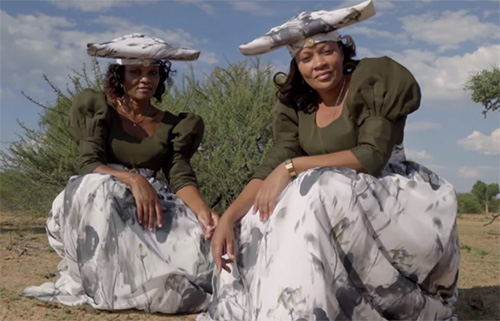

Adopted from German colonizers, its hemline, puffy sleeves, and large petticoats are unmistakably Victorian. But it's not a 19th-century relic – it's a living symbol of African history. The locals call these dresses “ohorokova”.
The otjikalva, traditional Herero headgear, was added to the folk dress as a sign of the cow, the symbol of the Herero people. The otjikalva changed much as years passed, it evolved together with African fashion trends.
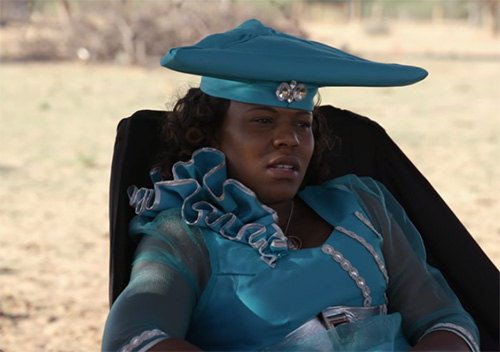
“The dress was influenced by the Victorian dress. And the dress started to give them an identity, so it's now part of the Herero tradition”, says Esther, African historian.
Esther is a historian and activist. It is her life's mission to speak out about what happened to the Herero people.
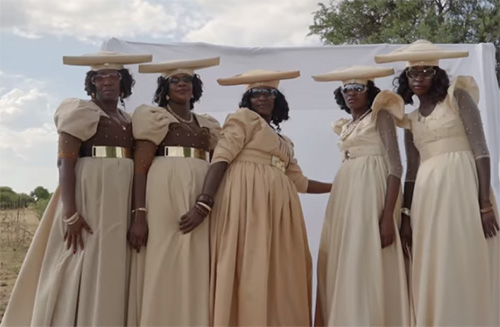
“One thing that is associated with the Herero people is either their dress, or there is history of genocide. When the Germans came, I don't know whether, when they came they thought that the people who were living here were not human beings. A lot of strategies were used. The women were raped. Children were hanged”, narrates Esther.
Between 1904 and 1907, 70% of the Herero people were killed. Once one of Namibia's largest and wealthiest indigenous groups, the Herero were nearly annihilated.
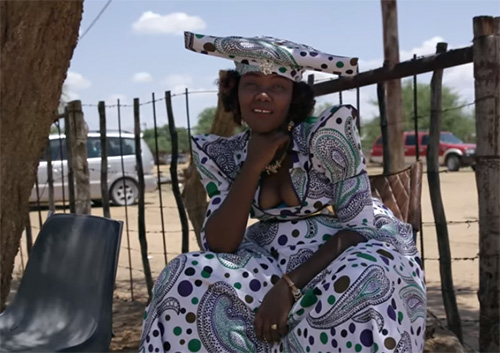
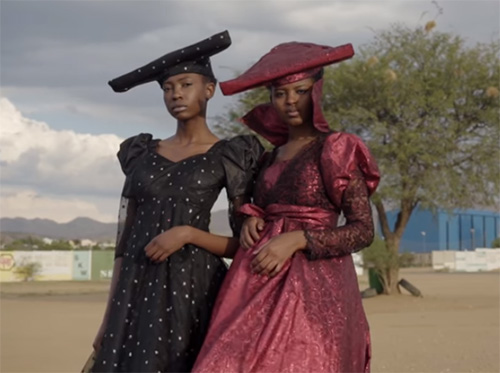
“Can you imagine that psychological pain, that these people went through? They tried to forget that so that they could restructure themselves as a community”, adds Esther.
The Herero women took a dress, once worn by their oppressors, and made it an emblem of who they are and how far they've come.
Pahaje and her first Herero dress
In Otjomuise, a village on the outskirts of Windhoek (Namibia), 12-year-old Pahaje is about to become a part of this lineage. Let’s join her for what is, perhaps, the most significant milestone of a young Herero girl's life – getting her first dress.
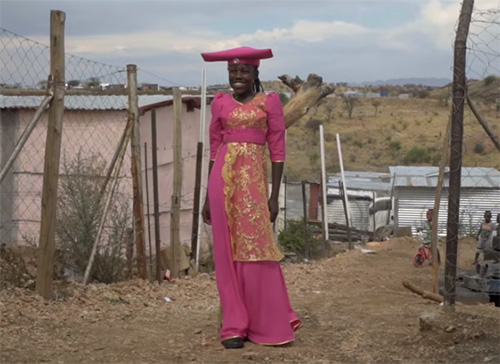
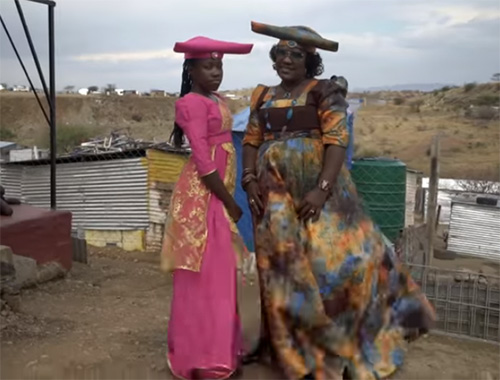
Pahaje and her mother Nico went to pick up fabric. Getting your first dress is a rite of passage. They are handmade and often only worn once. As Pahaje takes her fabric to a traditional Herero designer, the history of Pahaje’s people will be stitched into the fabric of her first dress. Its debut will mark her entry into womanhood.
Varaa and her Herero dress at Fashion Week
That tradition is what grounds another young woman, who is about to make a debut of her own – at Fashion Week in Windhoek, Namibia.
“Being Herero means everything to me, it's my heritage, it's where I draw strength from, my character, my values”, says Varaa, Herero model.
From the village to the city and now to the catwalk, Varaa is bringing her past into the future in a modern Herero dress.
“I feel like a lot of Herero girls in different tribal groups. We tried too much to move away from our cultures when that's a very important part of who we are. And I don't think it's something to disregard or just throw away”, explains Varaa.

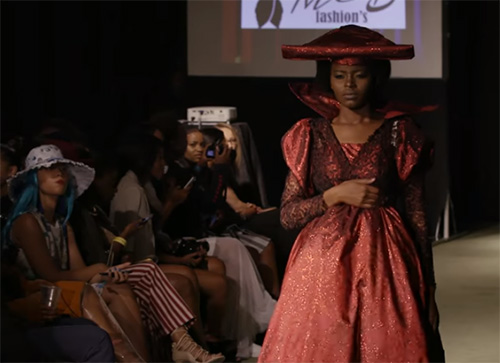
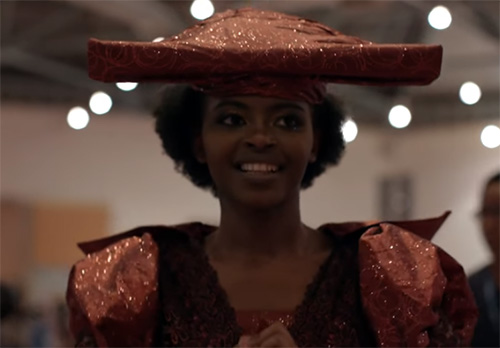
As Varaa prepares for her debut, the man designing her dress is planning to stir up controversy.
“I'm actually known for the way I tried to modernize the dress. It makes it easier for young people to wear it and a way of keeping the dress alive. My mother has a laundry business. I definitely had a very strong connection, because when we were young, customers were bringing a wedding gown and I would look at how it's made. So when my mother was at work, I would come up with a dress or something. My family's business really inspired my career”, narrates Mc Bright Kavari, fashion designer.
As the fashion world celebrates the future of the Herero dress, people like Esther work to ensure that the past is not forgotten.
“When you wear the dress, it gives you that sense of belonging. It defines who you are as a person”, says Esther.
(c)


